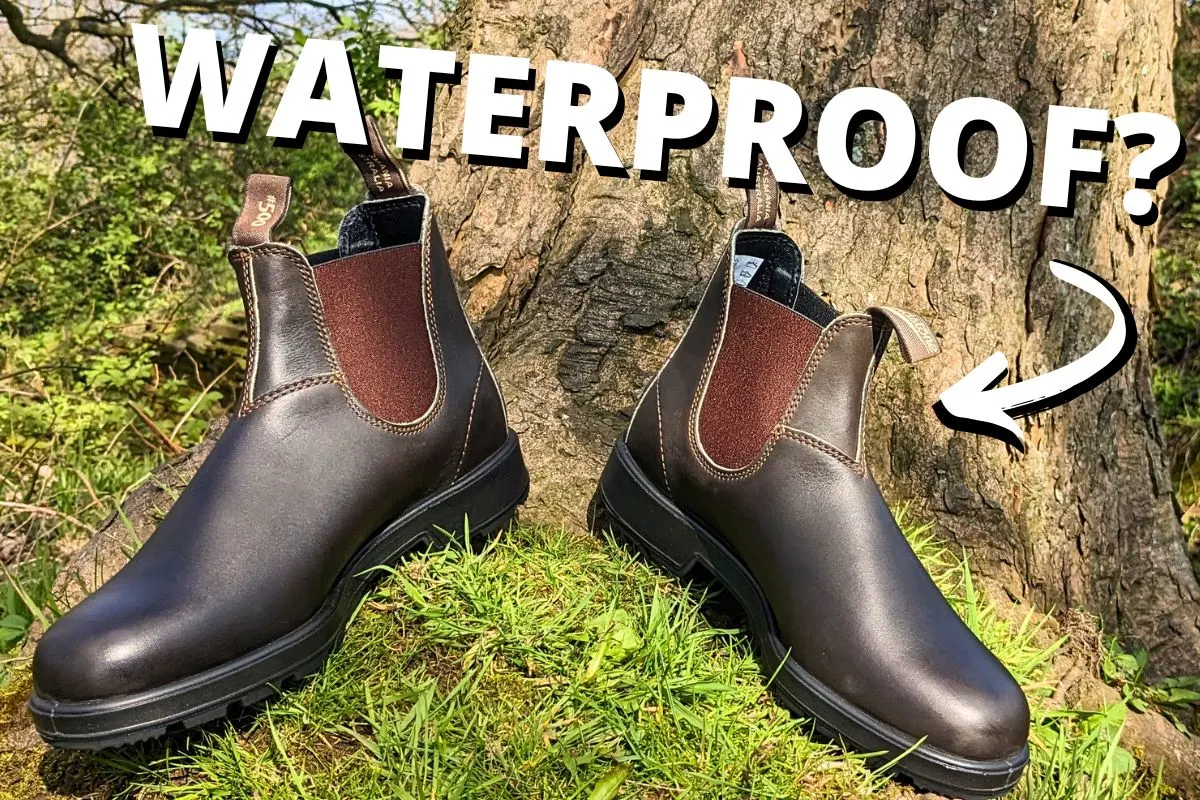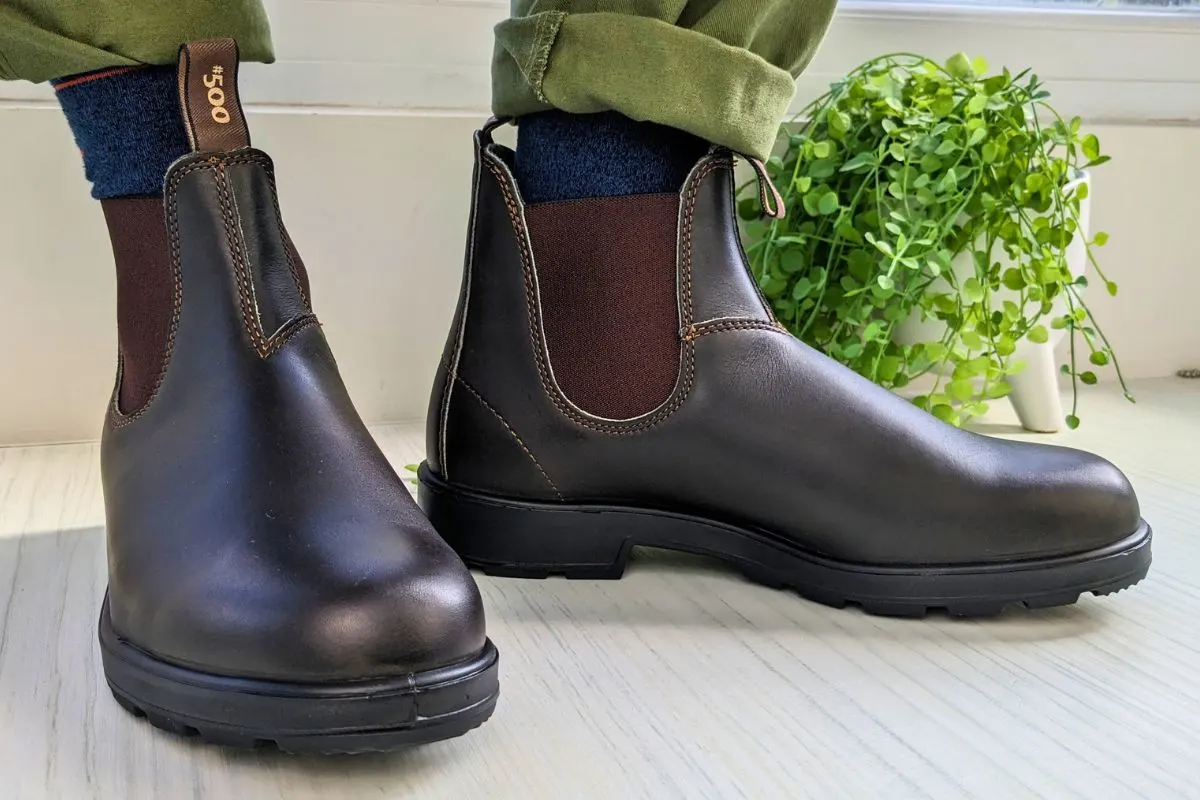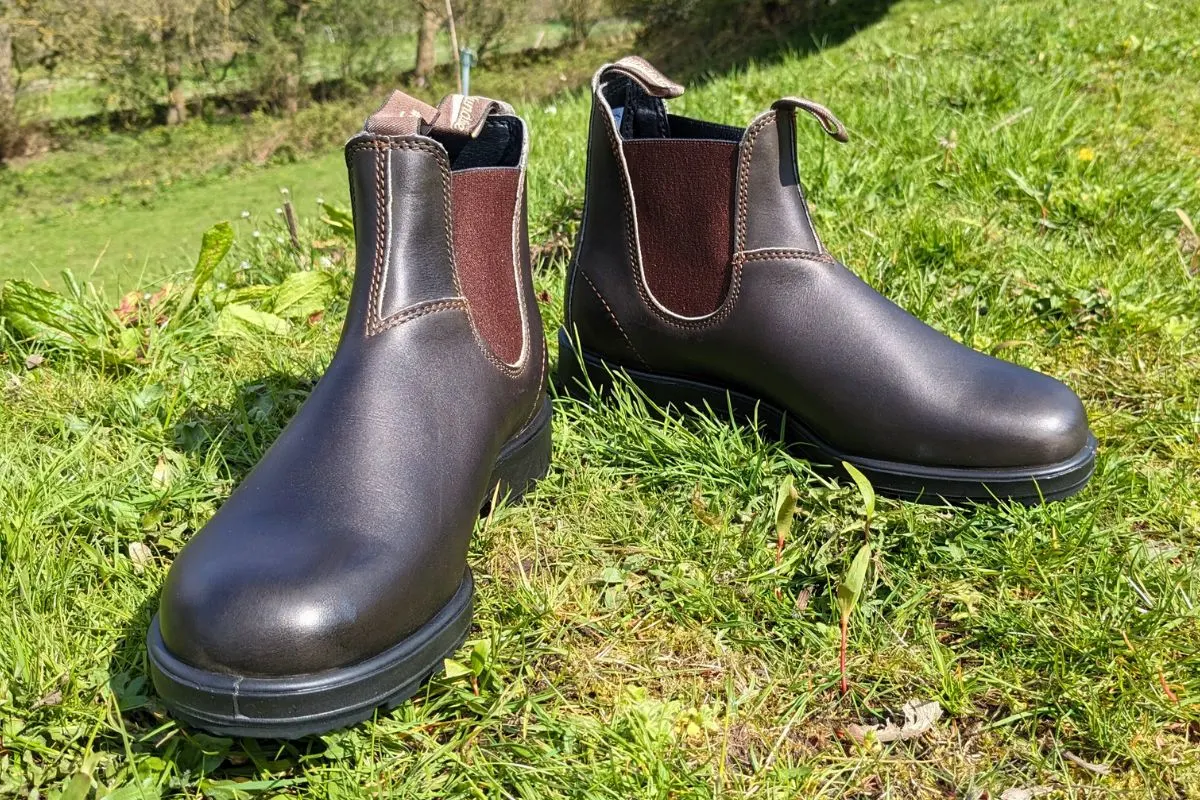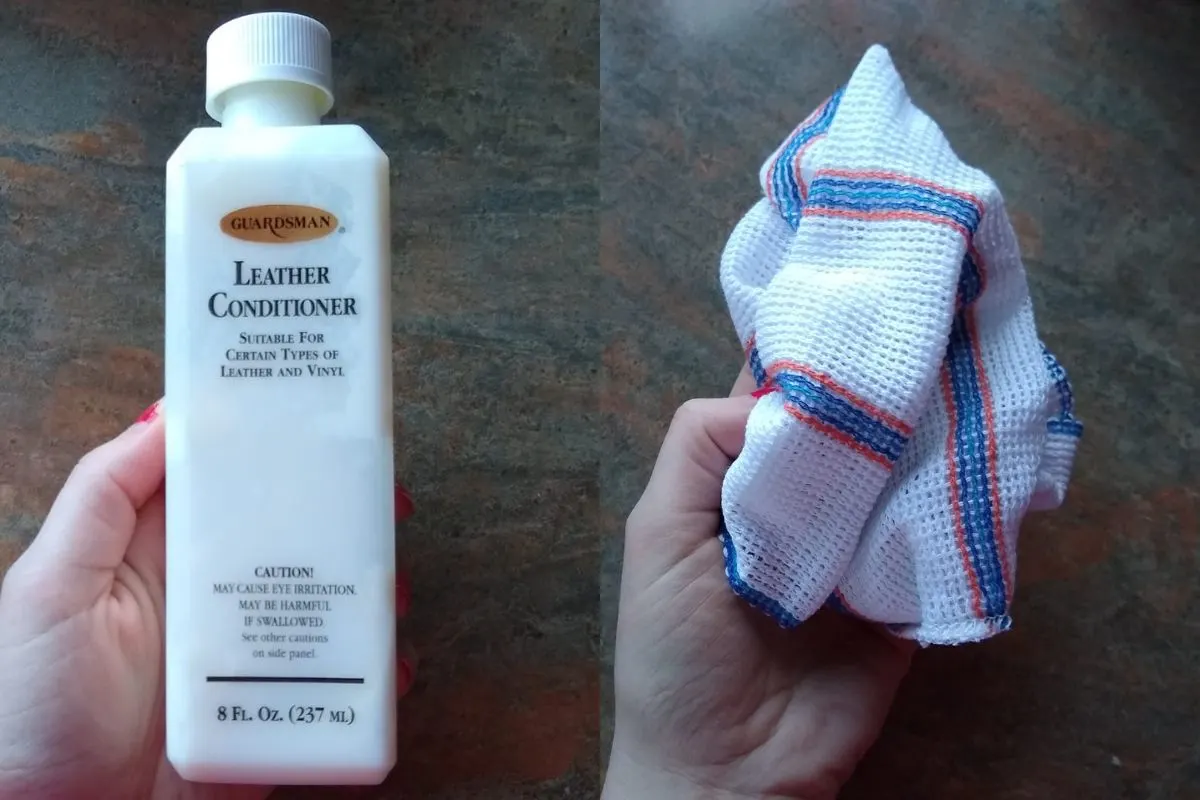Blundstone footwear, famous for durability, quality, and comfort, was initially designed as a men’s work boot and manufactured in Australia from 1870. Styles have changed over the years, and “Blunnies” are now also available for women and children. With their rugged leather uppers and elastic side inserts, durability is an important selling point, but are all Blundstones waterproof?

Blundstone offers fully waterproof styles in their Thermal and Gumboot series. The Blundstone Winter Thermal Series and Winter Thermal All-Terrain Series are 100% waterproof. The other ranges, because leather is a natural material, aren’t considered totally waterproof.
In the US and Canada, the Thermal range offers additional waterproofing and a warm lining to make Blundstones the boots of choice for cold conditions but is not available in their country of origin, Australia, where they’re just too warm.
Next we’ll investigate the different levels of waterproofing and how to keep your Blundstones as waterproof as possible for the many years they will last.
*This page may contain affiliate links. As an Amazon Associate I earn from qualifying purchases at no additional cost to you. Learn More.
My Experience
In my personal experience I find Blundstones aren’t totally waterproof. This is because I usually go for the Chelsea boot style, which is leather. Leather is naturally porous, so can’t ever be considered totally waterproof, just water resistant.
Here’s how my latest pair look on me:

If you like the look of them check out their current price here.
I’ll wear my classic Blundstones out in a light rain, but avoid them in heavy, stormy weather. I personally also take care to waterproof my Blundstones with a dubbin or spray, and keep on top of this every few weeks to help protect them. This works well enough for me.
I’ve not tried their Thermal waterproof series, however I would like to as Blundstones make awesome quality boots.
Are Blundstones Fully Waterproof?
As leather is a natural material, it does not qualify as fully waterproof protection, so if you want a boot that’s totally, permanently waterproof, there’s only one option.
You may also like: Blundstone Sizing Guide (Inc. Size Charts)
The Blundstone Gumboot Is Permanently Waterproof
If you’re looking for a waterproof safety boot, the Blundstone Gumboot is the answer, but it’s not really considered a fashion item! Made from a PVC/ Nitrite compound, the gumboots feature a comfortable footbed, arch support, and slip-resistant sole.
Besides the vegan Blundstones, they are the only products not made with leather uppers, so they don’t require regular waterproofing treatment.
The Thermal Range -The Most Waterproof Leather Blundstones
The Blundstone Thermal is designed specifically for winter and has additional features that make it the perfect boot for handling slush, snow, and rain.
- The leather uppers and elastic sides are almost totally waterproof, having received additional waterproofing treatment compared to regular Blundstones.
- The leather inner lining is complemented by an additional Thinsulate lining and a removable sheepskin inner sole.
So, Blundstone Thermals can be considered waterproof instead of water resistant, but to remain waterproof, they will need regular treatment, which we’ll discuss later.
What Makes Blundstone Boots And Shoes Waterproof?
Apart from the Thermal winter range, Blundstone offers 70 different styles of Originals and 40 Classic boots. Generally speaking, your feet will stay dry in a pair of Blundstones while you trudge through the snow, mud, and rain, at least for the first few months.

This is for a few unique features:
- The leather used in some Blundstone styles has been specially treated during the tanning process to increase its water-resistant qualities. It’s as close to being fully waterproof as natural leather can get.
- The leather in the rest of the range has some water-repellent properties and, with regular treatment, will provide adequate protection.
- The elastic sides of the Chelsea boots are also waterproof, and the seams between uppers and soles are kept to a minimum to prevent water from getting into the shoe.
- The seams are also sealed to make them even more impervious to water.
Can Blundstones Get Wet?
Walking in the rain presents no problem, and your Blundstones will keep your feet dry. However, if you’re standing in a pool of water, water will soak into the leather, may stain it, and you’ll definitely land up with wet feet.
If you want to dry out your boots, leave them in a warm spot but don’t try to speed up the process by using a heater. This will, in all probability dry out the natural oils in the leather and may damage it. The best solution is to leave them in a well-ventilated, warm space. Let the moisture evaporate naturally, and your Blundstone boots will soon be dry enough to wear and remain as good as new.
How To Keep Your Blundstones Waterproof
Whether you’re wearing Thermals or regular Classics, your Blundstones must be looked after if you want them to keep their waterproof qualities.
What To Use On The Leather Uppers
Mink oil is recommended as a waterproofing agent, or, alternatively, Nikwax, a great leather conditioner that can be used on suede. Blundstone also offers its own brand of renovating and waterproofing creams.

It’s not recommended that you use any treatment on a new pair of Blundstones, as they are pre-treated already, and there’s no benefit in trying to re-treat the boots for the first three months after purchase.
How Often Should I Waterproof My Blundstones?
The manufacturers recommend that Blundstones be waterproofed and treated every three to six months. If you use them daily in harsh conditions, this treatment should be done even more often.
The boots should first be cleaned with a leather soap to remove any debris and then left to dry for about twenty-four hours before applying the renovating/waterproofing cream or wax. It’s a good idea to leave the boots in the sun for a short time before applying the cream, as it tends to be better absorbed if the leather is warm.
Are Vegan Blundstones Waterproof?
Vegan Blundstones have uppers made from a unique vegan microfiber and are as water-resistant as boots using traditional leather. Billed as waterproof, vegan Blundstones don’t need to be treated in the same way as leather. They can be easily cleaned with vegan liners and insoles by simply using soap and water.
Which Is The Best Blundstone Waterproof Shoe?
As we’ve discovered, all the leather Blundstones need to be waterproofed regularly to keep your feet dry, but some are better suited than others to wet conditions.
The Thermal Winter Blundstone boot is the first choice. It is more expensive than the regular Classic or Original, but for good reason – the leather has received extra waterproofing treatment, it has an additional inner lining, and the sheepskin insole can be removed if the boot gets too warm for comfort in summer.
Although I’ve selected a boot from the Thermal range, there are many good reasons to look at the entire Blundstone range, especially if you live in a moderate climate with little need for a winter boot.
They are all really durable, designed for ruggedness but also for comfort, and are as suited to hiking as they are to being a fashion accessory.
Conclusion
While only the Gumboot range is totally waterproof, Blundstone shoes from their Thermal range are so water resistant that they warrant the waterproof title they’ve been given.
Good care and regular treatment with the right waterproofing product will keep your Blundstones in tip-top condition for many years, and your feet both dry and more comfortable than in any other boot.

Lorna is a footwear geek and the founder of Wearably Weird. She created a YouTube channel in 2021 for fellow footwear fanatics, dedicated to detail-rich footwear reviews and info. She has a fashion media qualification (awarded in 2011).
